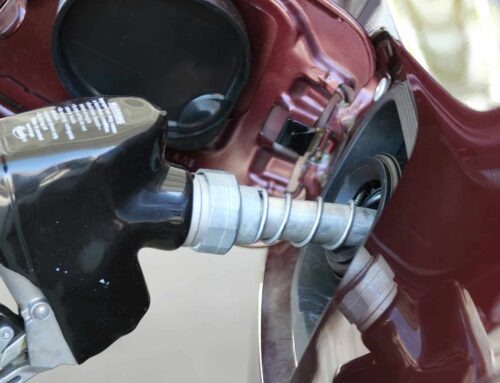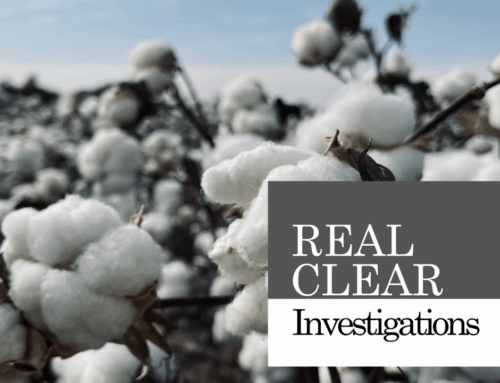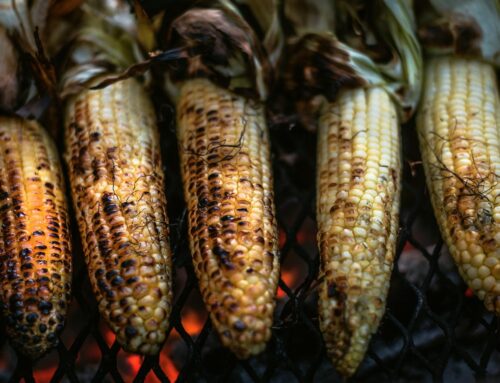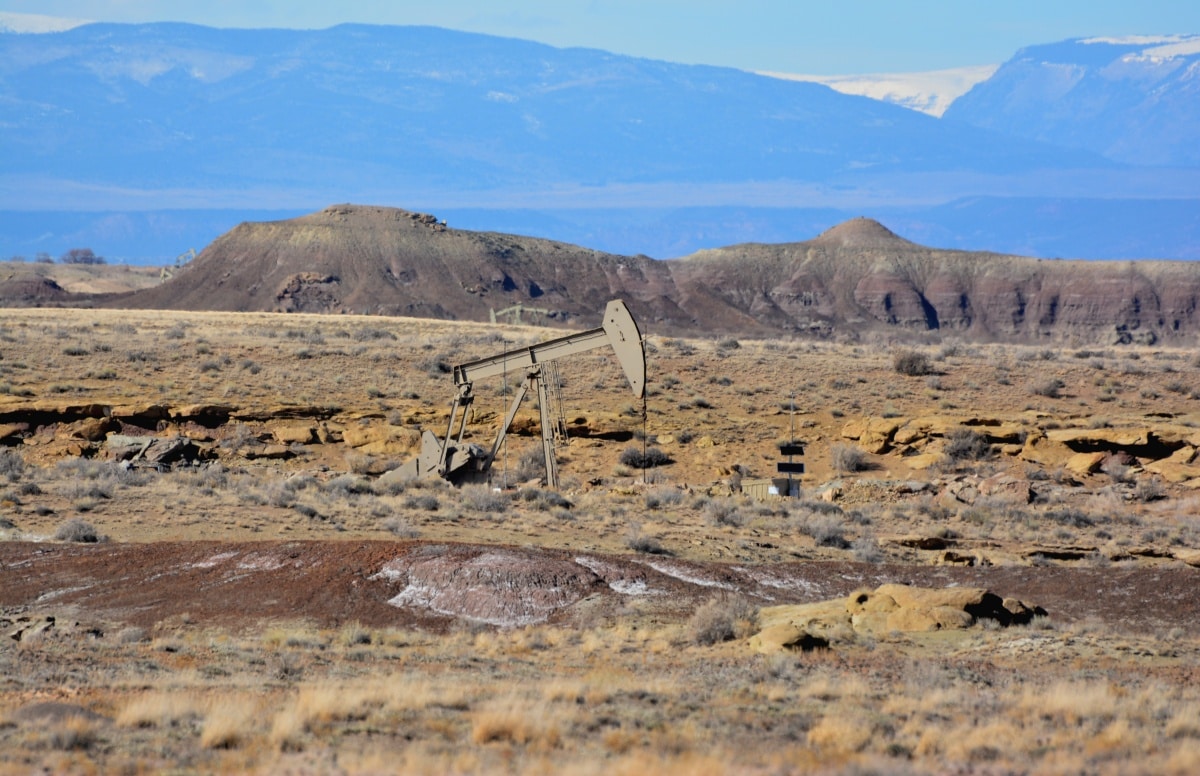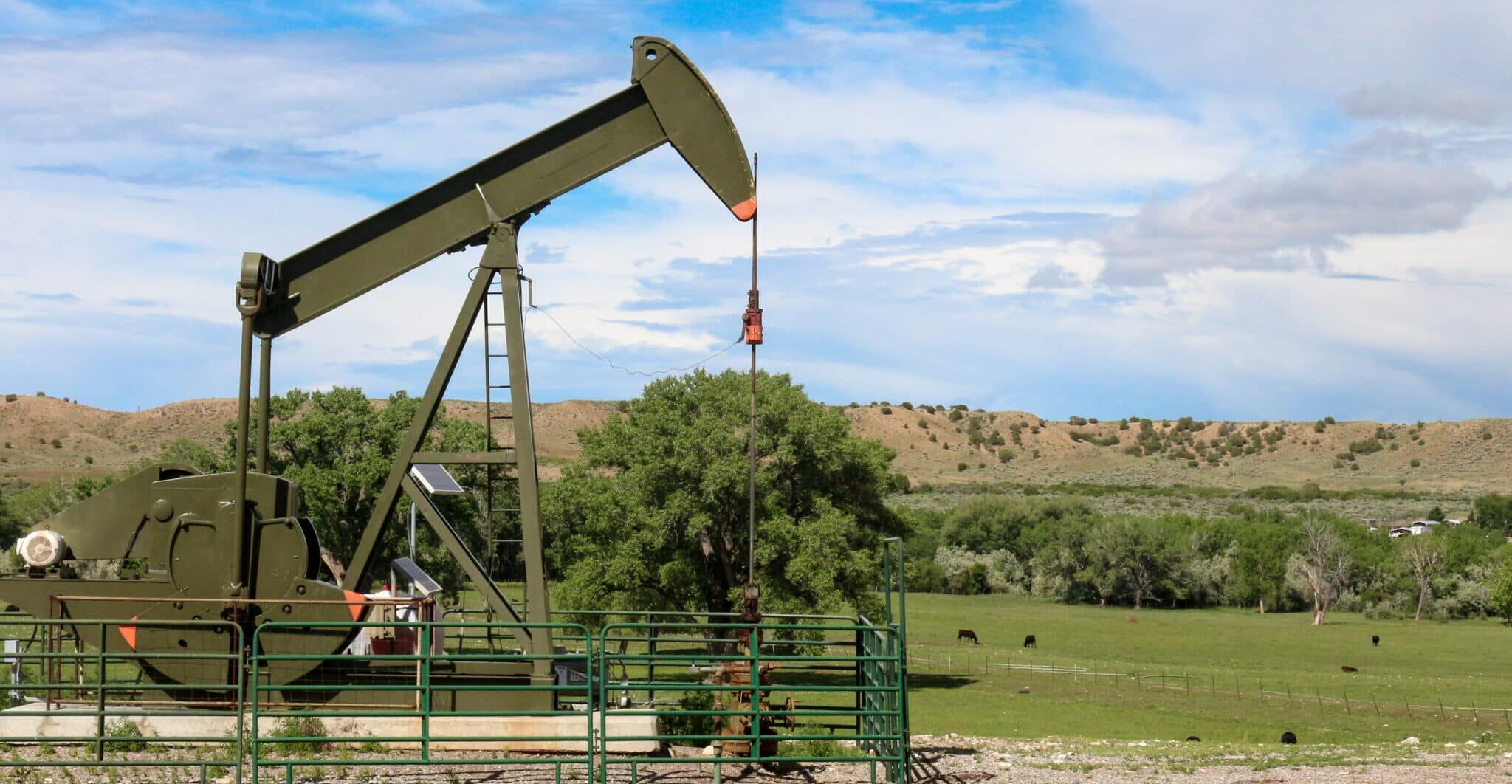This week, the Congressional Budget Office (CBO) released its new 2022-2032 budget and economic projections. The “baseline,” as it is called, provides updated cost projections of various federal programs. A quick analysis of the baselines for “USDA’s [U.S. Department of Agriculture] Farm Programs” and the “Supplemental Nutrition Assistance Program” (SNAP) shows that the cost of federal farm bills continues to skyrocket.
Compared to the last CBO baseline released in July 2021, the cost of federal nutrition programs, primarily SNAP, have risen dramatically. Inflation, legislated increases related to the COVID-19 pandemic, and higher monthly benefits due to changes in Thrifty Food Plan calculations result in increased anticipated costs even as the number of households participating in the program is anticipated to drop. Recent costs for federally subsidized crop insurance have also risen because of higher crop prices and increased disaster-related losses. Taxpayer costs for providing subsidized crop insurance are greater than costs projected after passage of the last farm bill in 2018.
While we are still digging into the details, below is an initial quick analysis of the May 2022 CBO agriculture and nutrition baselines. Following the numbers gets more complicated each year, with additional spending occurring outside the farm bill process. This spending includes additional USDA ethanol blender pump subsidies, ad hoc agriculture disaster aid that Congress has enacted since 2017, COVID-19 income subsidies, and other spending through the Commodity Credit Corporation (CCC) at USDA. Even farmers get confused with the paperwork associated with these various, and often times duplicative, federal programs.
2018 Farm Bill
- The 2018 Farm Bill, when enacted, was projected to cost taxpayers $867 billion over ten years. The programs authorized in that bill are now on track to cost more than $1.3 trillion, an increase of 50 percent.
- SNAP alone is projected to cost $1.1 trillion over this time period (Fiscal Years 2019-2028), with increases due to higher unemployment during the COVID-19 pandemic, plus other changes noted above.
- The federal crop insurance program, which subsidizes on average 60 percent of the cost of each producer’s policy, is expected to be more expensive than initially projected. Taken together, commodity crop subsidy and crop insurance programs are expected to remain somewhat on budget ($3.6 billion less than projected after passage of the ’18 bill). However, taxpayer costs could continue to climb if climate risks and natural disasters make more headlines this year and in years to come. And the commodity program “savings” are more than offset by increased spending on ad hoc subsidies in response to natural disasters, President Trump’s trade war, and COVID-19.
- Conservation programs are expected to cost taxpayers $4.7 billion less over ten years (FY19-28) than initially projected.
2014 Farm Bill
- The 2014 Farm Bill was initially projected to cost taxpayers $956 billion over ten years (FY14-23), representing a $16 billion reduction in the baseline. While agriculture committee members and commodity special interests applauded their fiscal conservatism, it was all a mirage. In realty the programs planted in the 2014 farm bill are on track to cost taxpayers $1.15 trillion — $192.6 billion more than originally predicted.
Importantly, the cost of farm bills doesn’t include any recent spending related to ad hoc disaster aid, COVID-19, trade war, and many other checks going out the door from USDA. USDA is now proposing additional CCC spending on climate-related projects, to the tune of $1 billion, without Congressional authorization. Additional calls to bake disaster spending into the farm bill next year, or other proposed subsidies for higher profit margins for commodity crop producers or higher reference prices (government set price guarantees for certain crops), would only increase taxpayer costs further. With conservation funding taking a hit in recent years, additional spending on any other priorities in the farm bill will have to originate from other farm bill titles. This could pit nutrition and conservation versus commodity and crop insurance in the next farm bill, or some combination of these.
Numerous opportunities exist to spend taxpayer dollars more wisely in the farm bill and in the overall farm safety net, which now includes much more than just commodity and crop insurance subsidies. Disaster, COVID-19, and other subsidies have been layered on top of an already heavily subsidized agriculture sector.
Farmers are fed up with the status quo, with most agriculture subsidies benefiting a small segment of agriculture – the largest commodity crop producers. Some farm subsidy recipients are city dwellers and millionaires/billionaires. Small, beginning, diversified, and socially disadvantaged producers have historically received a very small share of the farm safety net pie, instead using unsubsidized risk management tools to be successful.
Farmers around the country are calling for a farm safety net that is more equitable, accountable, transparent, and only kicks in during true times of need. Promoting resilience, instead of dependence on federal subsidies, can also further climate and environmental goals, while improving producers’ ability to weather future economic challenges without tens of billions in federal support. Recent government payments to agriculture have reached record highs – $47 billion in 2020 alone.
The CBO’s recent baseline is another wake-up call that business as usual is failing to deliver farmer- and taxpayer-friendly agriculture policies. A better farm safety net is achievable, but hard choices must be made to rein in wasteful farm subsidies to those who don’t need them, while investing in the next generation of agriculture and practices that will deliver better sustainability and long-term profitability for farmers.


